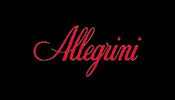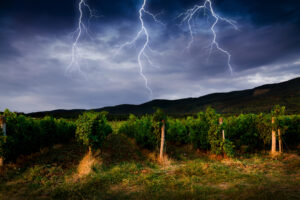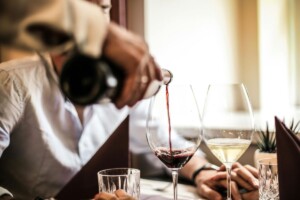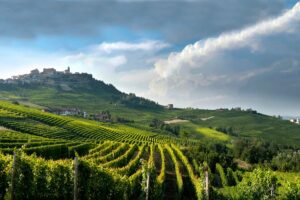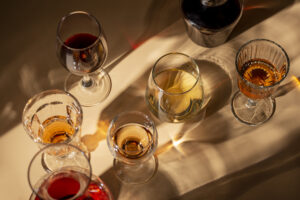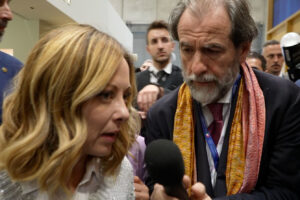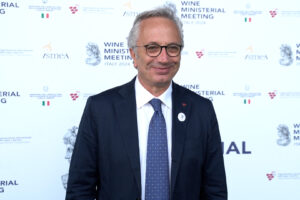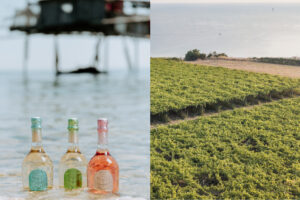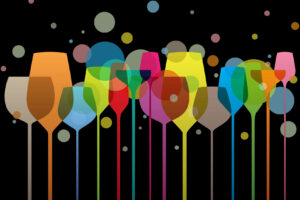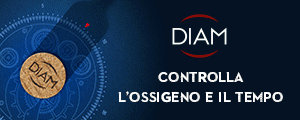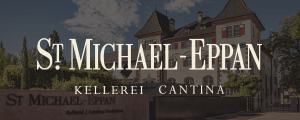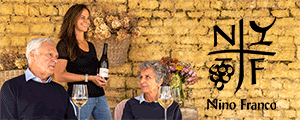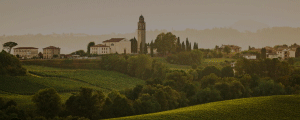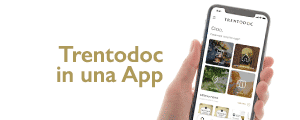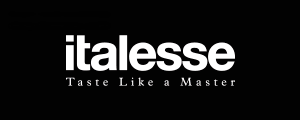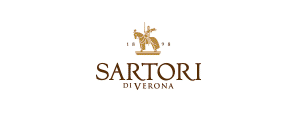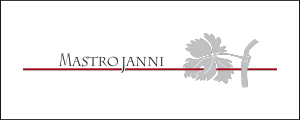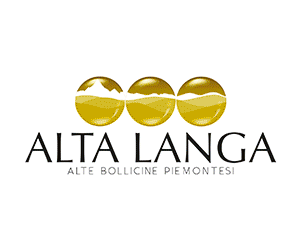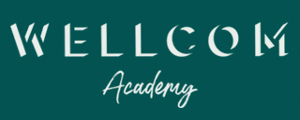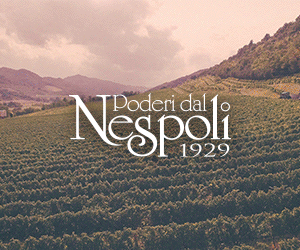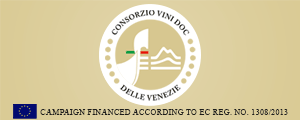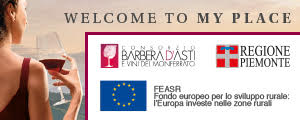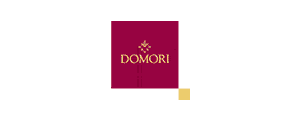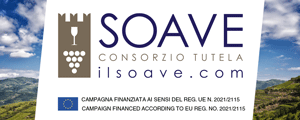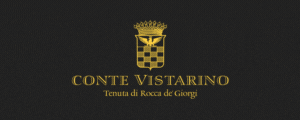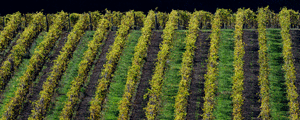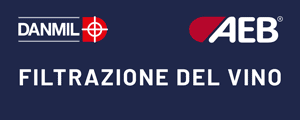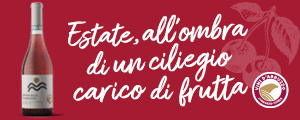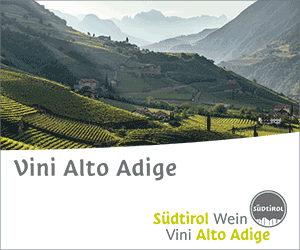To know the French market wine trend starting from the top production- that is, fine wines, there's nothing better than looking at the sales of Bordeaux en primeur crus. The prices of the 2013 vintage, one of the worst in recent years, have just been made public. Despite the scarcity of the harvest, prices did not keep up, and the downfall continues relentlessly, starting with the two most anticipated Premier Crus, Château Lafite Rothschild and Château Mouton-Rothschild - they are on the futures market, respectively at $398.33 and $298.75 per bottle, without sparking much enthusiasm in buyers. Mouton cut the price by 10% compared to 2012, "a choice that the wine dealers”, Philippe Dhalluin the CEO of Mouton-Rothschild, told Wine Spectator (www.winespectator.com) “have called intelligent. This will not be a year of speculation. Our goal is to set a price not only for our wine dealers, but also in cascade for importers and retailers”.
Lafite has also had to cut its price 14%, compared to 2012, to try to meet the demands of the market. The second wines have held up better, like Petite Mouton, which has maintained its price at $91.28 per bottle; Carruades Lafite is down 5% compared to 2012 at $124.48, and Évangile, at $138.31, the same as in 2012.
Behind Mouton and Lafite, however, there is a big gap: 2013 is a particularly price sensitive year, so much so that those who had the best reception were those who cut their prices the most, as well as, of course, those who are usually on the market at prices below 40 dollars. It gets even worse for top tier wines like Palmer that went on the market at $ 207.47 (6% less than in 2012) or Cos-d'Estournel at $ 112.72 (8.4% less) or Évangile and Montrose, from which more courage was expected.
“A vintage like 2013”, said Edith Tienen-Imbert, of Vignobles Internationaux, “should have such affordable prices that consumers say: "I want to deal first-person buying these wines"; which did not happen because we expected a much more decisive cut in prices, between 15 and 20% and, unfortunately, this has not happened.
Those who have had the courage to make a great effort in this direction, such as Lynch Bages, were literally besieged, giving air to the entire market. That is not the strategy of Palmer, Cos-d'Estournel and Les Pagodes de Cos: they have their major market for bottled wines, but en primeur fail to catch much attention”.
That’s the situation on the rive gauche. On the right bank, on the other hand, Château Pavie and Château Angelus, both promoted to Grand Cru Classé in 2012 (when their prices rose understandably exponentially), chose the same strategy:
$228.21 per bottle convinced that despite the difficult situation, pricing strategies had to be continued, advising wine dealers to take a few bottles less. In general, however, the right bank needs to wake up, because on the other side of the Dordogne, despite a myriad of difficulties, there is great vitality, while the right bank in the words of the négociants, is dozing...
Copyright © 2000/2024
Contatti: info@winenews.it
Seguici anche su Twitter: @WineNewsIt
Seguici anche su Facebook: @winenewsit
Questo articolo è tratto dall'archivio di WineNews - Tutti i diritti riservati - Copyright © 2000/2024



